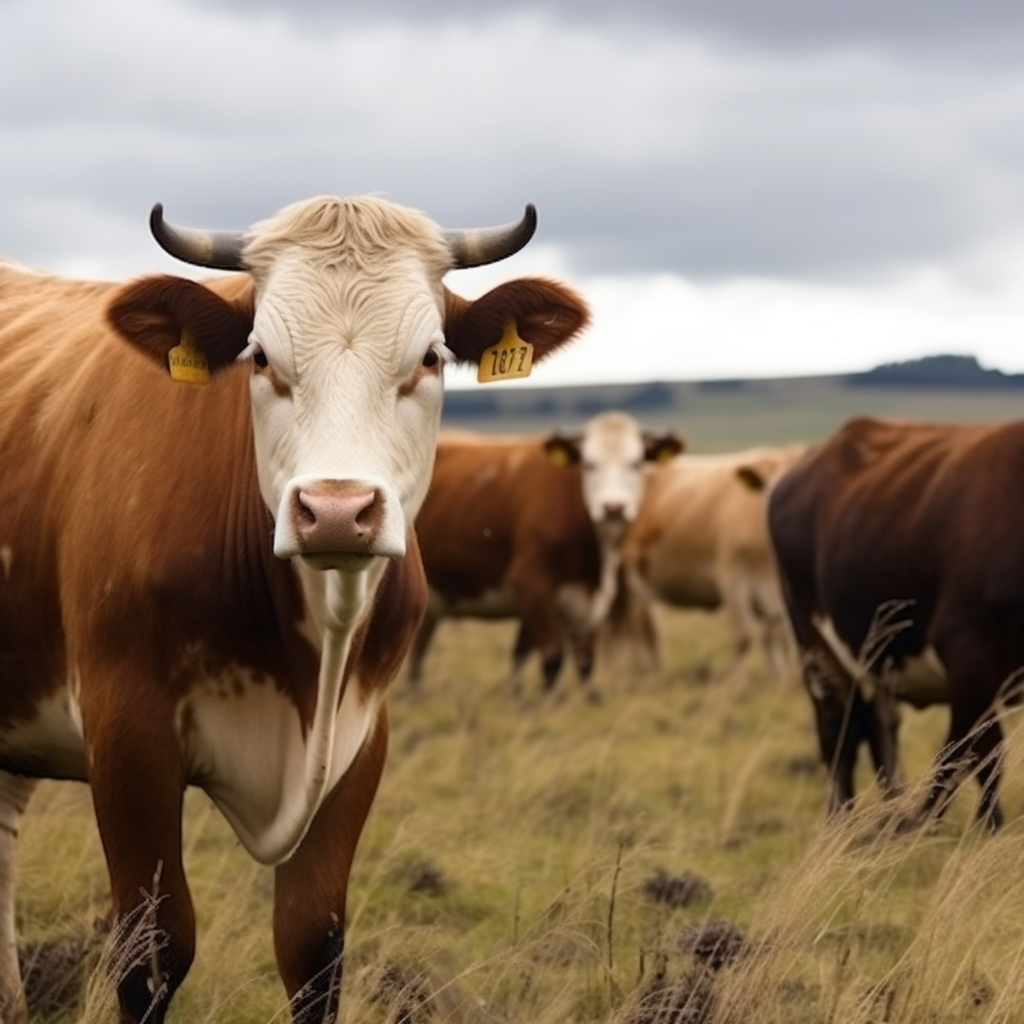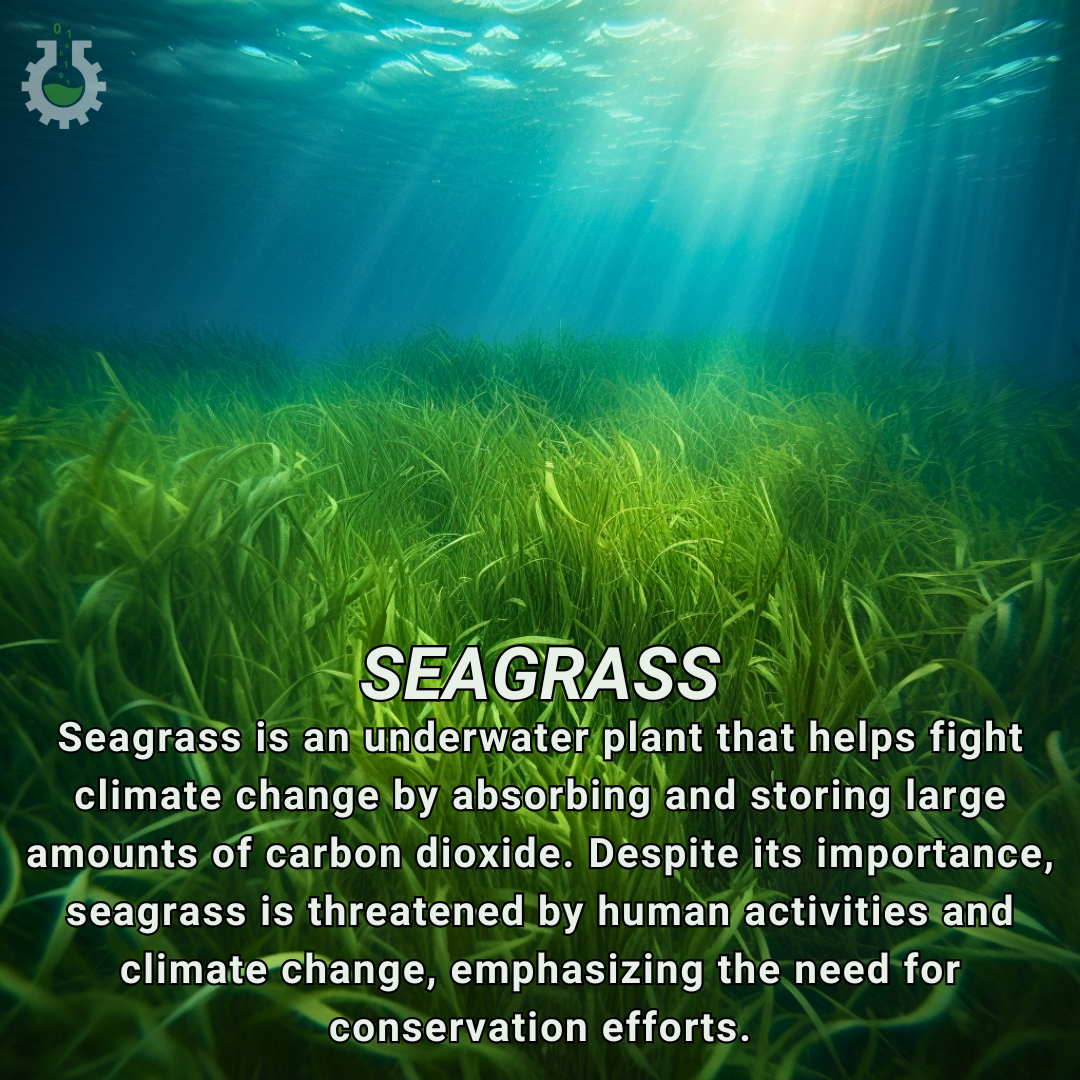
Start thinking more like an analyst.
Learn data science, natural language processing, and big data analysis essentials at your own pace.
The Impact of Adobe’s Generative AI Technology
The world of technology continues to make strides in the realm of artificial intelligence, particularly in the field of generative AI. This advancement has facilitated the creation of high-quality images from simple text, as seen in platforms such as Dall-E and Midjourney.
Leading the charge in this innovation is Adobe, an industry name synonymous with image creation and manipulation. Adobe has successfully integrated generative AI technology into Photoshop through its Firefly image-focused foundation model. This integration allows users to extend images with new material that effortlessly matches the original image’s style and texture.
To enhance text-based image creation and style adoption, Adobe Photoshop has introduced new features like Generate Image and Reference Image. These tools add another layer of user-friendly customization to Photoshop’s already robust suite of editing tools. Further expanding its suite of features, Adobe Photoshop has also added Generate Similar and Generate Background options. The Enhance Detail feature has also been introduced, allowing for refined image generation and precision detailing.
Adobe’s commitment to ethical image creation is evident in its approach to AI. The company uses images from Adobe Stock for the training of the Firefly model, ensuring that the AI is learning and generating from a reliable and ethically sourced database. In addition, Adobe offers indemnification for businesses using its software, underscoring its commitment to responsible AI use.
The Firefly Image 3 Model, an integral component of Adobe’s generative AI technology, boasts significant improvements in photorealistic quality, styling capabilities, detail accuracy, and variety. Currently available in beta in multiple Adobe platforms, the Image 3 Model is poised to revolutionize the way users interact with Adobe software.
Taking it a step further, Adobe has introduced the Text to Image module in the Firefly web app. Powered by the Image 3 Model, this module allows for faster creative realization. It has been designed for safe use in commercial projects, ensuring that creativity never has to be compromised for safety.
Since its beta release in March 2023, Adobe Firefly has been a game-changer in the world of image editing. It has generated over 7 billion images globally, revolutionizing not just image editing but also template creation, vector design, and even 3D texturing and staging. With Adobe leading the way, the future of generative AI in image creation and manipulation looks promising indeed.
Connect with our expert to explore the capabilities of our latest addition, AI4Mind Chatbot. It’s transforming the social media landscape, creating fresh possibilities for businesses to engage in real-time, meaningful conversations with their audience.
Catan: New Energies – Merging Entertainment, Education, and Environmental Awareness in Modern Board Gaming
The popular board game, Catan, is moving with the times and embracing modern environmental concerns with its new version, Catan: New Energies. This fresh take on the classic game puts energy production and its environmental impact at its core, allowing players to navigate the delicate balance between economic growth and environmental responsibility.
In this innovative version, players have the chance to build power plants based on either renewable energy or fossil fuels. Choosing to power your civilization with fossil fuels leads to rapid expansion but comes with the cost of increased pollution. This mirrors the challenges faced in the real world, where the need for economic growth often clashes with the necessity of environmental conservation.
The father-son duo, Benjamin Teuber and his late father, Klaus Teuber, created Catan: New Energies during the Covid-19 pandemic. They aimed to reflect the real-world challenges of energy production and environmental conservation. The result is a game that not only entertains but also educates and stimulates discussion about these critical issues.
The emergence of Catan: New Energies isn’t an isolated incident. Other eco-centric board games, like Daybreak, are also making their way onto the gaming scene, encouraging players to work together to reduce carbon emissions and prevent global warming. Benjamin Teuber sees these games as not just a source of fun, but as tools for initiating discussions about climate change and environmental responsibility.
Interestingly, Catan: New Energies doesn’t always reward the player who takes the “greenest” approach. However, excessive use of fossil fuels can lead to an abrupt end to the game, favoring those who invested more in renewable energy sources. This feature adds a layer of unpredictability and strategy to the game, reflecting the uncertain outcomes of real-world energy politics.
The original Catan game, designed by Klaus Teuber and published in 1995, has proven to be a global phenomenon. With over 40 million copies sold worldwide, the game has inspired numerous expansions, spinoffs, and digital adaptations. This new version, Catan: New Energies, is set to continue this legacy, offering a fresh perspective while staying true to the game’s core mechanics. The world of board games is evolving, and it’s clear that games like Catan: New Energies are leading the way in merging entertainment, education, and environmental awareness.
Science4Data is committed to cut through greenwashing and measure real impact. Join the journey to a sustainable future. Your actions matter.
Innovation in Livestock Farming – Combating Global Warming through Low-Methane Forages
Methane, a potent greenhouse gas, has long been a concern in the fight against global warming. With the ability to trap heat 86 times more effectively than carbon dioxide over a 20-year period and 28 times more effectively over a 100-year period, its impact on our planet cannot be ignored. Alarmingly, methane emissions are responsible for 30% of global warming, with increasing emissions exacerbating the already critical issue.
Agriculture plays a significant role in the production of these greenhouse gases, specifically through livestock farming. This sector contributes to a staggering 42% of methane emissions, a large portion of which comes from enteric fermentation in livestock. Despite the environmental concerns, livestock farming remains a crucial source of income for over 500 million farmers worldwide, particularly in the Global South.
Moreover, livestock production plays a vital role in providing essential nutrients to millions of people. Animal-sourced foods are more affordable and accessible compared to biofortification and alternative proteins. This highlights the role of livestock production in meeting the nutritional needs of the world’s rapidly growing population, expected to reach 9.7 billion by 2050.
However, the pressing need to curb methane emissions without disrupting the vital role of livestock farming has prompted innovative solutions. A project led by three CGIAR Centers is currently developing low-methane forages. These could potentially reduce the contribution of livestock to methane emissions, thereby mitigating the environmental impact without significantly affecting the livelihoods dependent on this sector.
The project involves screening 70,000 forage accessions for compounds that can diminish methane emissions from livestock. The aim is to make a significant impact on global warming by reducing the methane emissions tied to livestock farming. Generously funded by the Bezos Earth Fund and the Bill & Melinda Gates Foundation, the project aspires to reduce enteric methane emissions from livestock farming by 1.5% by 2030. This reduction would be equivalent to the emissions of 7 million cars, a significant stride in our endeavors to combat climate change.
While livestock farming plays a crucial role in our global ecosystem, efforts are underway to reduce its environmental impact. Through innovative solutions like low-methane forages, we can continue to support the essential role of livestock farming while also making significant strides in our fight against global warming.
Science4Data is committed to cut through greenwashing and measure real impact. Join the journey to a sustainable future. Your actions matter.
Climate Change Poster Collection of the Day – Seagrass
Today’s Climate Change Poster Collection highlights Seagrass, a type of underwater flowering plant, is often overlooked when discussing solutions to climate change. However, these unassuming marine plants play a surprisingly significant role in mitigating the effects of global warming. Found in shallow coastal waters around the world, seagrass meadows are not only visually stunning but also serve as powerful carbon sinks, absorbing and storing vast amounts of carbon dioxide from the atmosphere.
Research has revealed that seagrass has an extraordinary capacity to sequester carbon, far surpassing that of terrestrial forests. Studies have shown that seagrass meadows can store up to 83,000 metric tons of carbon per square kilometer, which is approximately twice the amount stored by forests on land. This remarkable ability to capture and store carbon makes seagrass an essential ally in the fight against climate change.
In addition to their carbon storage capabilities, seagrass meadows provide numerous other ecological benefits. They act as natural barriers against coastal erosion, protecting shorelines from the damaging effects of waves and storms. Seagrass also filters water pollutants, improving water quality and clarity in the surrounding areas. Furthermore, these underwater meadows serve as critical habitats for a wide variety of marine life, including fish, crustaceans, and other organisms, thus supporting biodiversity and the health of marine ecosystems.
Despite their immense value, seagrass meadows are under severe threat from various human activities. Coastal development, pollution, and the effects of climate change itself are causing the rapid decline of seagrass populations worldwide. Dredging, land reclamation, and the construction of seawalls and other coastal infrastructure can directly destroy seagrass habitats. Additionally, nutrient pollution from agricultural runoff and sewage discharge can lead to the overgrowth of algae, which smothers seagrass and blocks the sunlight it needs to survive. Rising sea temperatures and ocean acidification, both consequences of climate change, further exacerbate the stress on seagrass ecosystems.
As we strive to find effective solutions to the climate crisis, it is crucial that we recognize the immense value of seagrass and take action to protect and restore these vital ecosystems. Governments, conservation organizations, and local communities must work together to implement policies and practices that prioritize the preservation of seagrass meadows. This can include establishing marine protected areas, regulating coastal development, and reducing nutrient pollution from land-based sources.
Moreover, efforts to restore degraded seagrass habitats should be encouraged and supported. Seagrass restoration projects have shown promising results in various parts of the world, demonstrating that it is possible to revive these ecosystems and enhance their carbon storage potential. By actively engaging in seagrass conservation and restoration, we can harness the power of these underwater meadows to combat climate change while simultaneously protecting biodiversity and the overall health of our oceans.
The surprising role of seagrass in mitigating climate change cannot be overstated. These unassuming marine plants are true heroes in the fight against global warming, quietly absorbing and storing vast amounts of carbon dioxide from the atmosphere. As we work towards a more sustainable future, it is essential that we recognize the value of seagrass and take action to protect and restore these vital ecosystems. By doing so, we not only contribute to the mitigation of climate change but also ensure the health and resilience of our oceans for generations to come.
Discover an inspiring collection of climate change poster.
Climate Change and Its Alarming Impact on Global Workforce Health
A recent report by the United Nations has issued a stark warning about the health risks that workers globally are facing due to climate change. The report reveals that around 70% of the global workforce, approximately 2.4 billion workers, are likely to be exposed to extreme heat during their work. This alarming figure is a clear indication of the immediate and serious threat posed by climate change to the workforce worldwide.
According to the International Labour Organization (ILO), climate change is a key factor in the increase of diseases among workers. Various elements such as excessive heat, extreme weather, solar UV radiation, and air pollution resulting from climate change are creating a hazardous work environment for millions.
The report offers some shocking statistics to underline the gravity of the situation. Every year, around 18,970 deaths are linked to occupational injuries from excessive heat. What’s more, over 26.2 million individuals are battling chronic kidney disease due to heat stress at work, a condition that can lead to serious health complications and death.
Air pollution exposure, another adverse effect of climate change, is equally lethal, causing more than 860,000 deaths among outdoor workers annually. In addition, nearly 19,000 deaths are reported each year from non-melanoma skin cancer caused by exposure to solar UV radiation.
The Bureau of Labor Statistics in the U.S. has reported an increase in deaths related to environmental heat exposure, with 36 workers’ lives claimed in 2021, and 56 in 2020. These figures, although specific to the U.S., suggest a global trend of rising concern for heat illness due to increasing average temperatures.
To combat the escalating effects of climate change on workers, the ILO is urging governments to improve legislation to better protect them. This could include stricter regulations on working hours, improved safety measures, and increased awareness campaigns about the risks of heat stress and exposure to harmful elements.
Furthermore, the report highlights that approximately 1.6 billion workers are exposed to ultraviolet radiation and air pollution at work. These exposures lead to a variety of health issues, including non-melanoma skin cancer and up to 860,000 work-related deaths among outdoor workers each year.
It is also important to note that certain subsets of workers, such as U.S. firefighters dealing with larger and more frequent wildfires due to high heat and excessively dry conditions, are particularly vulnerable to the impacts of climate change. These workers are at the forefront of the climate crisis and are facing the brunt of its devastating effects.
The report by the United Nations and the ILO is a dire warning of the immediate dangers of climate change to the global workforce. It is a call to action for governments and organizations worldwide to prioritize the health and safety of workers in the face of this global crisis.
Science4Data is committed to cut through greenwashing and measure real impact. Join the journey to a sustainable future. Your actions matter.
Look and Ask’ Feature by Meta AI
Revolutionizing the way we interact with the world around us, Meta is rolling out an innovative feature known as “Look and ask with Meta AI”. This feature, however, is currently only accessible to English-speaking users residing in the United States and Canada.
Activating this feature is as easy as saying “Hey Meta, look and…”. Once activated, users can snap photos and ask questions about the objects or scenes captured in the photo. The possibilities are endless, allowing users to seek translations, identify plants or objects, or even request humorous captions.
How does this innovative feature work? Upon capturing a photo with your glasses, the image is sent to Meta’s cloud for AI processing. The responses are then delivered audibly through the glasses, making it a hands-free, highly interactive experience.
Users also have the freedom to review their requests, the photo, and the response generated by Meta’s AI in the application. This enables users to understand the process better and see how the AI system is interpreting their requests.
One of the biggest concerns with AI technology is often privacy. However, Meta assures that all photos processed by Meta’s AI are stored and utilized solely to improve the company’s products. The AI system is refined with the assistance of trained reviewers and is strictly aligned with Meta’s Privacy Policy.
So, how can you enable this feature? It’s quite simple. From the Meta View application, navigate to the bottom right, swipe down and tap Meta AI. Next, toggle next to Meta AI and Camera use. Users can then follow the on-screen instructions to activate necessary features.
This new feature is a testament to Meta’s commitment to pushing the boundaries of what’s possible with technology, making everyday tasks simpler and more interactive.
Connect with our expert to explore the capabilities of our latest addition, AI4Mind Chatbot. It’s transforming the social media landscape, creating fresh possibilities for businesses to engage in real-time, meaningful conversations with their audience.







